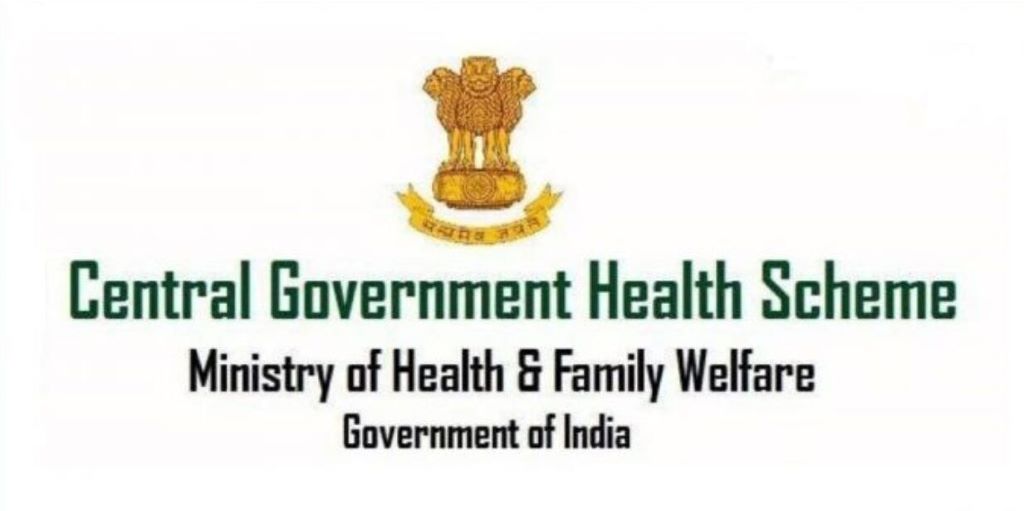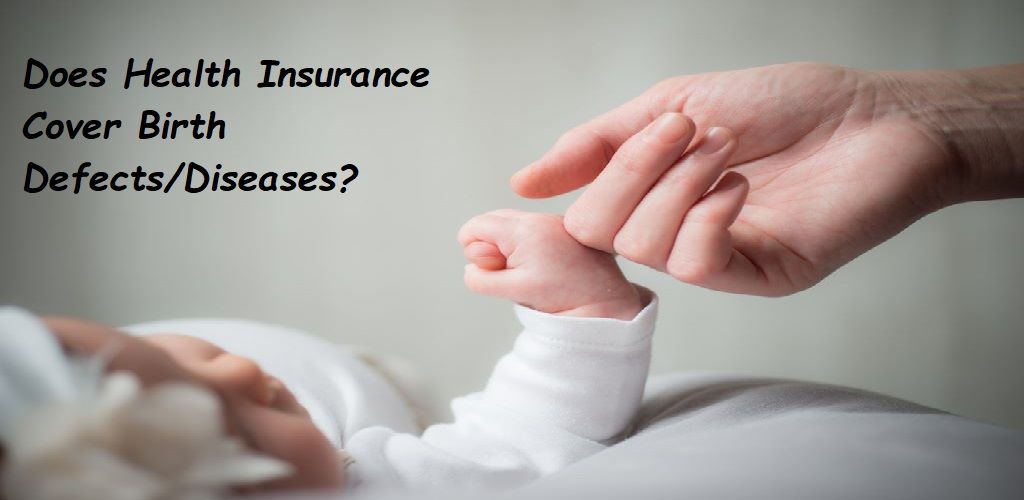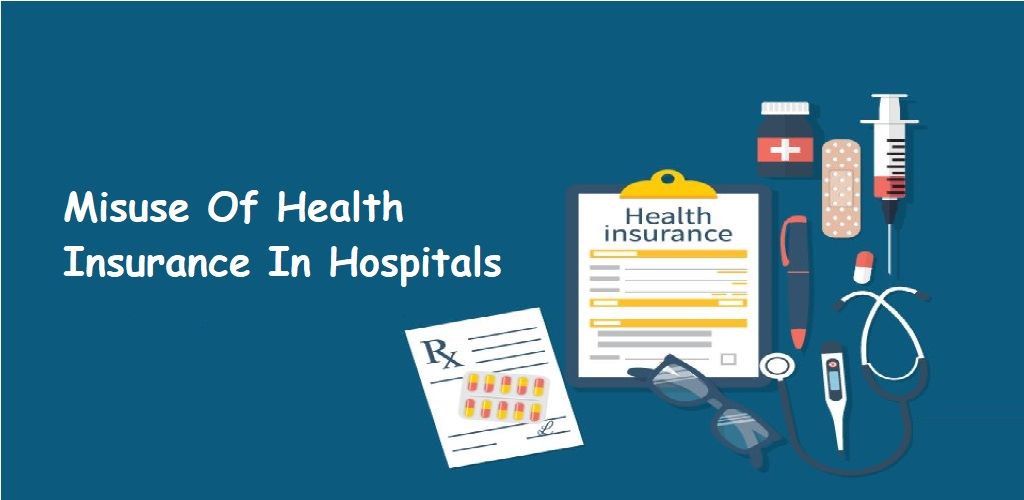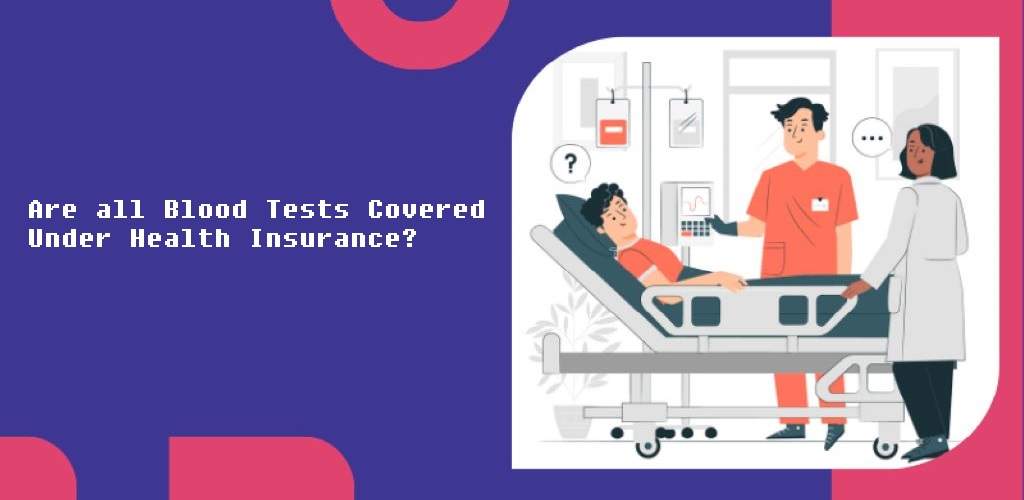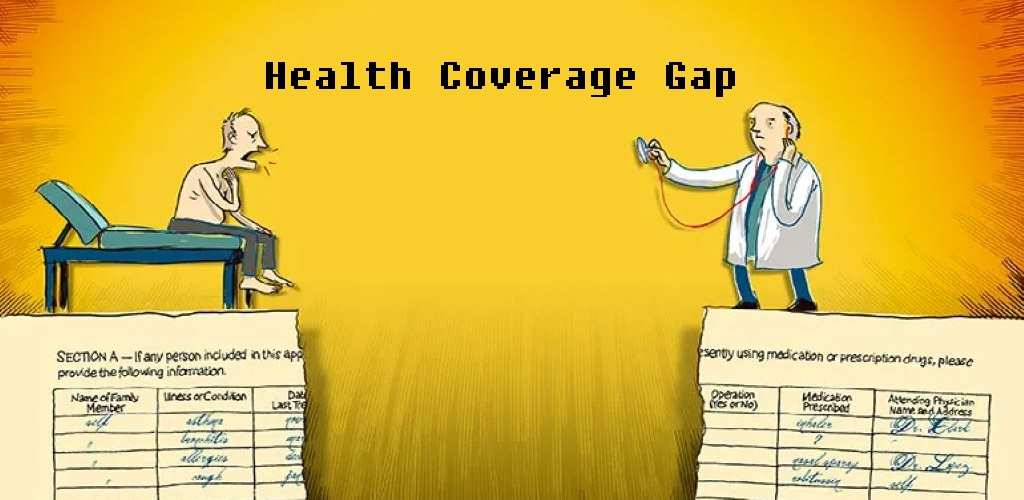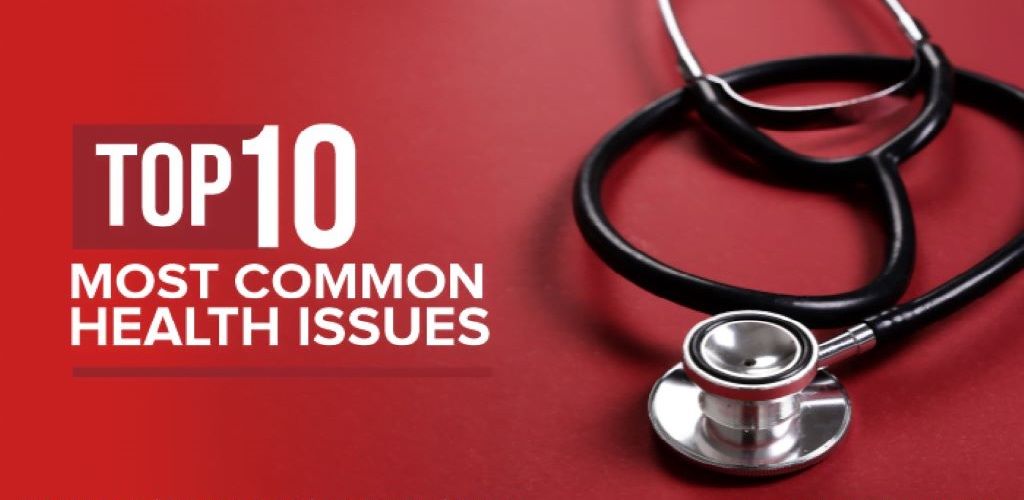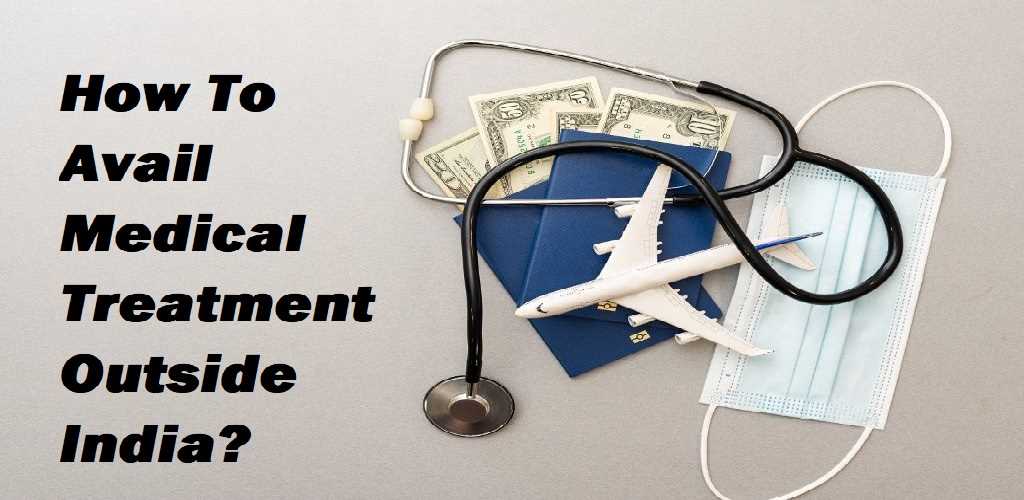Central Government Health Scheme, or CGHS, is a health scheme tailor-made for the current and retired employees of the central government. The scheme facilitates treatment under different systems of medicine. Some of the facilities offered under CGHS are OPD treatment and medication costs, indoor treatment and/or investigations at government or CGHS-impaneled hospitals, maternity and child health services and family welfare, medical consultation, and dispensing medicines for AYUSH. One can download the CGHS application form from the official website of the Central Government. One can also get a CGHS card once he/she becomes a beneficiary and receive the benefits when he/she presents this card. Currently, approximately 35 lakh beneficiaries are covered by CGHS in 71 cities across the country. CGHS aims to include more cities to work on the accessibility of the services.
Eligibility Criteria
To become eligible for the Central Government Health Scheme, one must qualify under the below-mentioned parameters –
- The beneficiary should be a native of India
- Central government employees who receive remuneration from Central Civil Estimates are eligible for this scheme. The benefits of the scheme can also be availed by the family members of government employees.
- Retired employees of the Central Government who receive pensions are also eligible for this scheme. The benefits of the scheme can also be availed by the family members of retired government employees.
- Parliament members, High Court & Supreme Court judges, ex-governors, ex-vice presidents, freedom fighters, etc., are eligible for this scheme.
- Journalists from Press Information Bureau
- Railway Board employees
- Delhi Police
- Retired and current employees of autonomous bodies that offer CGHS perks in Delhi
- Employees of the Post and Telegraph Department in India
What Is Covered under the CGHS Policy
The Central Government Health Scheme (CGHS) provides existing and former employees of the Central Government with the following benefits:
- X-ray, ECG, and other laboratory services
- OPD care via a network of dispensaries
- Consultations from specialist doctors
- Immunization
- Hospitalization at recognized hospitals (public and private)
- Antenatal and postnatal services
- Treatment and medicines under AYUSH
- Maternity, family welfare, and child care services
- Supply, storage, purchase, and distribution of medicines
- Supply of various medical appliances like hearing aids, pacemakers, and orthopedic devices
- Health education for beneficiaries
How To Register for Central Government Health Scheme?
The process that one would have to follow to register for the Central Government Health Scheme varies depending on whether he/she is a serving employee or a pensioner. Here is an overview of the process that one would have to follow:
For Current Employees:
- Visit the CGHS online portal.
- Download the application form, fill it out, and attach all the supporting documents, including photographs.
- Get the application form duly endorsed by the Head of the Department or the Office.
- Submit the same at the Additional Director HQ office in Delhi or the Additional Director’s office in any of the other CGHS-covered cities.
Documents to be Submitted by Current Employees
- The application form in the prescribed format
- Photographs of beneficiary family members
- Necessary documents of the family members
For Pensioners:
A pensioner can register for the Central Govt Health Scheme and get a CGHS card by visiting the office of the Joint Director or Additional Director of their city.
Documents to be Submitted by Pensioners
- The application form in the prescribed format
- Address proof of the pensioner
- Address proof of the pensioner’s dependants
- Age proof of the pensioner’s dependants
- Photographs of the pensioner’s family members
- Disability certificate, if applicable
- Surrender certificate, if the pensioner has an active CGHS card
- Attested copies of the Last Pay Certificate
- Provisional card if PPO is not provided
- Draft for the required amount towards CGHS contribution
What is a CGHS Card?
All government employees are provided with a CGHS plastic card which contains the photo ID and beneficiary ID number. This card is mandatory to furnish at the wellness center if the beneficiary seeks to avail of any of the facilities under CGHS. In case the employee loses this card, he/she needs to report to the police station and CGHS authorities in the case. In order to obtain a duplicate card, the employee needs to submit a copy of the FIR, application form, and a penalty of Rs. 50. The CGHS plastic card is white in color and has a colored stripe at the top. This strip can be of any of the following colors and depicts the status of the cardholder.
- Red – The cardholder is a Member of the Parliament (MP)
- Blue – The cardholder is a serving government employee
- Green – The cardholder is a freedom fighter, pensioner, retired personnel, or an ex-MP
- Yellow – The cardholder is a journalist and beneficiary of an autonomous company
The Central Government Health Scheme (CGHS) card has several salient features. Check out a few of them below.
- Limited Validity – The CGHS card is valid only for a limited period of time. After the CGHS card expires, it either has to be surrendered to the concerned department or renewed. In case of renewal, a form and necessary details should be submitted.
- Non-Transferable – Once a CGHS card is issued to an employee, it continues to remain with the employee and cannot be transferred from one employee to another.
- Available Only to Beneficiaries – The benefits are only available to the beneficiaries listed on the card. Misusing the CGHS card will attract penalties and disciplinary actions (in extreme cases).
Details and Application Process of Central Government Health Scheme Card
In the case of serving employees, the CGHS card is valid until the day of their retirement. To extend or continue the validity of the CGHS card after retirement, a contribution must be made a year before the completion year. Here is something that one should note. The CGHS card is valid only in specified cities. In the case of employees transferred to non-CGHS covered regions, the card shall be valid for family members for up to 6 months after the transfer, if the contribution was made beforehand. The Central Government Health Scheme card is valid in all CGHS-covered regions for hospitalization, treatment, and investigation. And so a transfer permit to get treatment in another CGHS city is only required for high-value medicines that are classified as lifesaving or restricted supply medicines.
If one is eligible for the Central Govt Health Scheme, he/she can apply for a CGHS card by submitting an application along with supporting documents. Alternatively, one can also get the form from any of the CGHS wellness centers. Here is the detailed process of how to apply for a CGHS card:
- Fill out the entire application form with the correct details and attach photos in the designated areas.
- Attach all the supporting documents.
- Ensure the paperwork is duly endorsed by the Head of the Department or Office for serving employees.
- Submit the paperwork to the Additional Director HQ office in Delhi or the Additional Director’s office in any of the other CGHS-covered cities.
If one is a serving employee who is closer to retirement, he/she can apply for a pensioner CGHS card. The process that is to be followed in this case is listed below.
- Submit an application, bank draft, and supporting documents to CGHS from the employee’s office.
- The pensioner card will be issued on the retirement day and activated the next day if the application was completed six weeks before the retirement date.
Cost Details of Central Government Health Scheme Facilities
CGHS facilities cost different to serving employees as well as pensioners of the central government of India.
In Case of Pensioners:
If a pensioner wants to undergo the facilities provided by CGHS, they will be required to make a contribution as per their grade pay (entitled at the time of service). It is to be noted that the contribution can be done on a yearly basis or as a one-time contribution. In the case of yearly contribution, every year, a specific amount of money (as per grade pay) is contributed towards CGHS. In the case of a one-time contribution, the pensioner pays a one-time contribution amount towards CGHS for a period of 10 years. It is considered a lifetime contribution.
In Case of Serving Government Employees:
A central government employee serving in CGHS covered area at present has to take the CGHS card. Depending on the grade pay of the serving employee, a deduction is made from the salary by their department every month.
Annual Contribution:
Here, a specific amount (depending on the last pay grade) is contributed towards the CGHS facility.
One-Time Contribution:
Here, the contribution is made only once towards CGHS for 10 years. The amount contributed will be considered a lifetime contribution.
CGHS Treatment in Private Hospitals:
CGHS beneficiaries can undergo treatment at any impaneled private hospital of their choice. It must be noted that the CGHS beneficiaries are not required to provide a referral letter. As per an order issued by the Health Ministry, private hospitals (impaneled) can carry out cashless treatment for ex-MPs, pensioners, freedom fighters, and regular employees of the Ministry of Health & Family Welfare in addition to other CGHS beneficiary categories, eligible for credit facility at present. According to the order, CGHS beneficiaries have to enclose a prescription issued by Government Specialist or a CGHS Medical Officer in original (or a self-attested photocopy) as well as the hospital bill submitted to the competent authorities.
What Are The Exclusions of the Central Government Health Scheme?
In-patient treatments and follow-ups are not addressed in the case of:
- A Declared Emergency: In case of a declared emergency, the treatment can be carried out at any hospital. However, submission of the reimbursement claim can only be done to the Additional General having the registry of the CGHS card.
- Reimbursement of Medical Bills: In the case of reimbursement of medical bills, the treatment of the beneficiary can be carried out at any hospital. Take note that in this case, the claim amount is limited to the rates according to the CGHS. The reimbursement claim can only be submitted to the Additional General, where the CGHS card is registered.
Central Government Health Scheme Online Appointment Process
Steps to book an online appointment:
- Go to the CGHS portal.
- Enter beneficiary ID and select “Generate OTP”.
- An OTP will be sent to the registered mobile number of the beneficiary or to the main cardholder’s mobile if that is the only registered number. Enter OTP and click on “Proceed”.
- Beneficiary details shall be displayed on the screen. Press the “Proceed” button if the details shown on the screen are accurate, otherwise, click on “Not You”. In this case, the user will need to log in again and proceed.
- Choose Specialty, Dispensary, and Doctor and click on the “Proceed” button. A beneficiary can select a GDMO or a Specialist from any of the CGHS Wellness Centres for an appointment.
- A calendar is displayed and the user needs to select a date that has the availability of an appointment for the selected doctor. Choose the appointment date.
- On choosing the date, the top of the screen will show the slot timings and the appointments available. A beneficiary can choose the desired slot.
- Click on “Proceed to Book Appointment”. One can go back and make changes using the ‘Change the Specialty’ button.
- On selecting “Proceed to Book Appointment”, details of the beneficiary and the appointment are displayed for confirmation.
- Click on “Confirm to Book Appointment”, and a confirmation status page will appear. The confirmation slip can be printed, or another appointment can be booked. The system would also send an SMS to the registered mobile number.
Frequently Asked Questions
In case the treatment is needed urgently and in a non-impaneled hospital, the expenditure incurred for this needs to be submitted by the beneficiary within 6 months of discharge from the hospital. In case of delay in submission of the said claim beyond 6 months, the reasons justifying the delay must be stated.
A printed index card of the Central Government Health Scheme is issued on the day of application for CGHS. Thereafter, the plastic cards are issued and sent to the concerned cardholders within a span of 3 weeks. Government employees receive their CGHS cards at their residences.
The entitlement of wards in private hospitals impaneled under the CGHS scheme is based on the pay grade of the individual. Check out the table below for more information on ward entitlement:
| Ward entitlement | Corresponding monthly basic pay is drawn by the officer in the 7th CPC |
| General ward | Up to Rs. 47,600 |
| Semi-private ward | Rs. 47,601 to Rs. 63,100 |
| Private ward | Rs. 63,101 and above |
In the case of a transfer of serving employees from one department or ministry to another in the same city, the current CGHS card can be used. The necessary changes shall be made in the employee database.
For the transfer of serving employees from one city covered by CGHS to another, the same CGHS card can be used. However, an application, along with the transfer order needs to be submitted to the Additional Director of the present CGHS city. The card transfer to the new city must be completed online. Once that’s done, the employee can then validate the card by submitting an application and supporting documents to the Additional Director of the new CGHS city.
An individual may have a Mediclaim Insurance Policy along with the CGHS. Due to a medical emergency, the individual is treated in a private hospital and some of the bills are paid by the insurance company, the individual will still be able to get the rest of the coverage from CGHS. All the medical bills submitted to the insurance company and the duplicate bills with a certificate from the Insurance Company will be claimed from CGHS by the pensioner. The serving employees will have to contact their concerned departments to get the balance from CGHS.
CGHS pensioner beneficiaries are entitled to cashless medical treatment only in the respective CGHS-empanelled private hospitals. The impaneled private hospitals under CGHS provide treatment to the pensioners on a credit /cashless basis for the procedures for which they are impaneled.
Yes, cashless/reimbursement facilities are provided to CGHS beneficiaries at All India Institute of Medical Sciences.
If the individual is not in a position to reach an impaneled private hospital for admission, he may be admitted in an “emergency” at any hospital of his choice or as is dictated by the circumstances of the emergency.
Medical facilities for CGHS are available through wellness centers (or CGHS dispensaries) or polyclinics for AYUSH. One can also get treatment at impaneled hospitals or nursing homes.
The term ‘dependent’ refers to any individual whose net income is less than Rs. 9000. Male children can qualify as dependent till the time they are 25 years old or start earning. Female children are eligible till they get married or employed.
The son can avail of CGHS facilities until he earns or gets married. In case he suffers from permanent disability, he is eligible to avail of the benefits even after crossing 25 years of age. The daughter can avail of the CGHS benefits, irrespective of age, until she starts earning.

